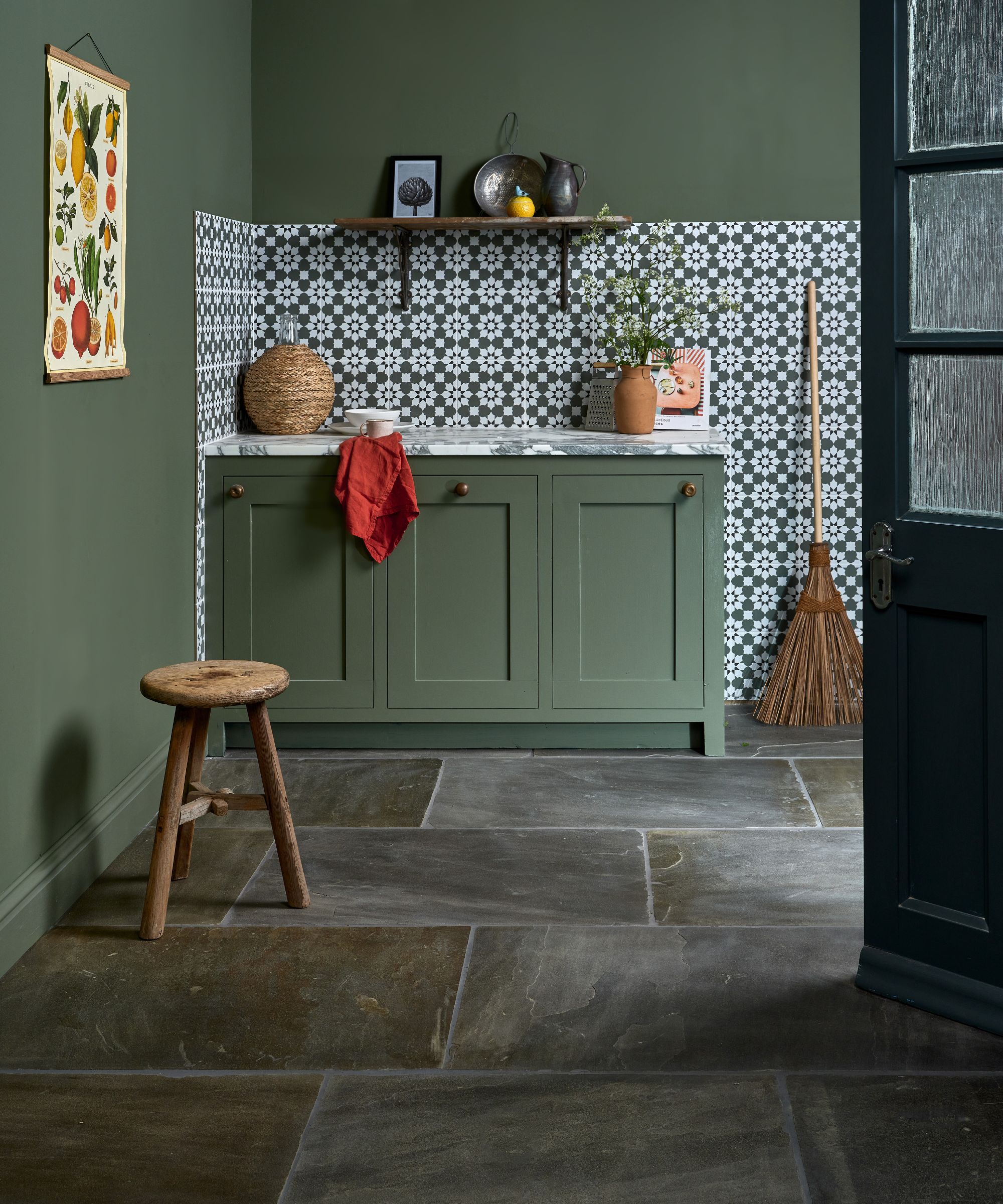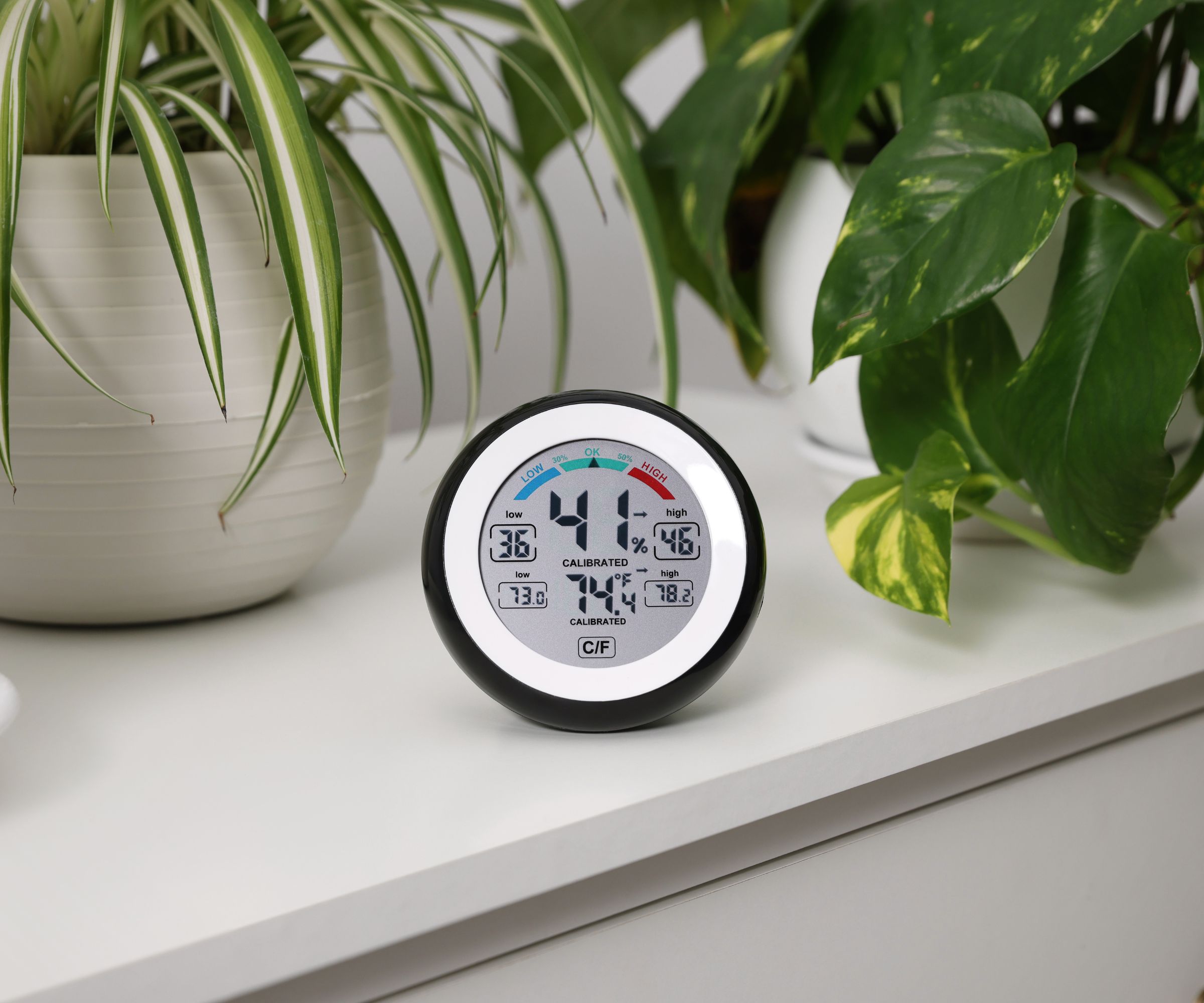
With spring's arrival, mold becomes a more common issue in many households, with warmer temperatures and increased humidity creating the perfect environment for it to grow. To prevent this issue from arising in your home, there are some easy habits you can do every day.
Some types of household mold can develop in as little as 24-48 hours, so it can pop up in your home before you've even had the time to spot the warning signs. By making some small, simple changes, you can keep mold at bay, helping to save you the stress and money involved in getting rid of mold.
With some maintenance and cleaning tips, and by avoiding bad habits that increase the risk of mold in your home, you can ensure a fresh start to the season and minimize the risk of mold and mildew with these easy preventative measures.
How to prevent mold in spring
To avoid costly home repairs and health issues resulting from mold growth, consider how to adopt these six expert tips into your daily routine:
1. Ventilate rooms with high moisture levels

High or fluctuating moisture levels and stagnant air can create the perfect environment to foster mold growth. This encourages mold proliferation and means condensation is likely to form on surfaces, further exacerbating the problem.
Make a conscious effort to improve ventilation by allowing fresh air to circulate. This will significantly reduce moisture levels and airborne mold spores, mitigating the risk of mold.
'Create a routine of opening windows for 10-15 minutes each day, even in the colder months, to let fresh air circulate,' recommends Michael Golubev, CEO of Mold Busters. 'Turn on exhaust fans in bathrooms, kitchens, and laundry rooms to remove moisture from the air during and after showering, cooking, and washing and drying clothes.'
You should also clear any clutter daily to improve air circulation. The more items you have lying around or crammed into cupboards and wardrobes, the less space air has to circulate. Regularly decluttering is crucial for controlling mold growth.
2. Clean mold-prone areas and items

'It's essential to clean frequently to eliminate microscopic particles like mold spores and bacteria so that levels remain low in the home, reducing the chances of growth developing,' advises Michael Rubino, mold and air quality expert at Home Cleanse. 'Focus particularly on dusting because microscopic particles like mold spores settle where our dust settles.'
The areas and items that are prone to mold growth that should be cleaned regularly are:
- Appliances (coffee maker, laundry machine, dishwasher, blender, refrigerator including the water spout, microwave, humidifiers, dehumidifiers, oven, etc.)
- Toothbrushes and holders.
- Showerheads
- Inside kitchen and bathroom cabinets
- Behind appliances
- Faucets
- All horizontal surfaces including lights, doorframes, baseboards, bookcases, ceiling fan blades, windowsills, countertops, wall decor, bookshelves, etc.)
- Sponges (including makeup sponges)
- Wet and porous materials like bath mats, towels, and shower liners
- Gutters (to remove debris so they don’t lead to moisture intrusion into the home)
- Window frames
- AC filters (to remove dust and dirt accumulation blocking airflow)
- The fridge
3. Monitor and adjust humidity levels

While mold can grow year-round, it can appear more in spring as average household humidity rises. The best humidity levels for your home are between 30% and 50% because a humidity level higher than 60% can create an environment that fosters mold growth.
'You can use a hygrometer to monitor these levels daily,' recommends Josh Mitchell, HVAC technician and the owner of Air Conditioner Lab. 'Keep these throughout your home, especially in damp or high humidity areas. This SensorPush thermometer/hygrometer for iPhone/Android, from Amazon, offers in-depth
home humidity analysis.
'If humidity levels are too high, you can adjust these by improving ventilation, using a dehumidifier, and addressing moisture sources to help reduce your home's humidity,' adds Josh.
4. Use mold-resistant products
To prepare for spring cleaning, gather mold-resistant cleaning supplies for your daily surface wipedown. 'These products typically contain antimicrobial agents or ingredients with antifungal properties that prevent mold spores from germinating and surviving,' explains Michael Golubev.
While plenty of commercial cleaners are available online that can inhibit the growth of mold and mildew on surfaces – such as this CLR mold and mildew stain remover spray from Walmart – using natural, household products can be a more sustainable, eco-friendly approach.
For one, you can use cinnamon to prevent mold by mopping your floors with cinnamon. Alternatively, you could use vinegar to clean mold. Cleaning with vinegar, including wiping down surfaces prone to mold growth, such as fridge shelves or bathroom walls, can help maintain a cleaner, healthier environment.
5. Reduce moisture

'Mold can grow in as little as 24-48 hours if the surface has a source of moisture and food. To eliminate this opportunity, make a daily effort to avoid moisture as much as possible,' advises Michael Rubino.
To do this, Michael, recommends:
- Hang wet items to dry immediately after use (such as the bathmat and towels).
- Avoid leaving wet clothes in the laundry.
- Separate the shower curtain and liner so that they can dry after use.
- Allow appliances to dry out after use (e.g., leaving the dishwasher or washing machine door open after use).
- Squeegee the shower after use to prevent bathroom mold.
- Don’t leave doors and windows open on humid and/or rainy days
- Stay on top of houseplant maintenance (these are prone to mold growth, so avoid overwatering, clear debris, etc.)
- Don’t put on makeup in the bathroom (the moisture can cause mold to develop quickly on these surfaces).
- Wipe or dry wet areas immediately (such as spills on rugs or upholstery).
- Allow dishes to air dry completely before putting them away.
6. Check spots that are vulnerable to mold

Make it a habit to inspect the hidden and less-visited spaces in your home for signs of mold. Consider what parts of your home may be vulnerable – usually dark, cold, and/or moist areas where stagnant air can form.
Look for hidden moldy spots in the kitchen, such as under sinks, behind appliances, or on rubber seals. In bathrooms, check behind toilets and beneath your bathmat. Regularly dust or wipe down these areas.
To ensure your home works hard to prevent mold growth, we recommend investing in air purification technology that removes even the smallest mold particles from your air.
'Upgrade to the highest-rated MERV filters that your HVAC system can handle and change them on time,' recommends Michael Rubino, mold specialist. 'This will help eliminate small particles like mold spores so they don’t continue to build up inside.'







